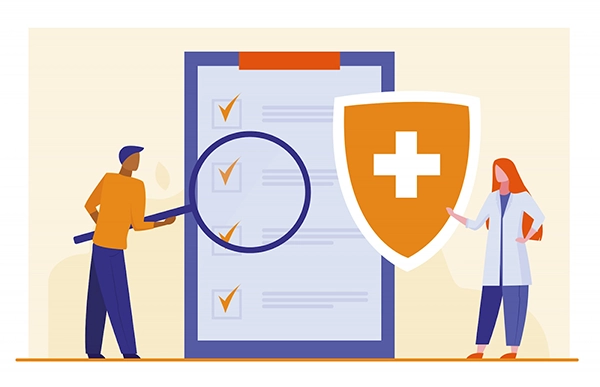
At the core of every healthcare interaction is trust. It fuels honest communications and drives positive outcomes. Several factors influence the development of trust. One that’s often overlooked despite its importance is secure documentation. Patient records hold a wealth of information. Disaster looms when they fall into the wrong hands. Trust erodes once there’s a breach.
Precision and protection of patient records show respect for patients. They prove commitment to safety and integrity. It’s a core responsibility, not an afterthought. A meticulous procedure provides reassurance. It also guarantees compliance with strict international standards that govern the handling of healthcare data.
Medical records hold more than diagnoses. Privacy breaches expose sensitive details. They could be avoided by being more proactive in terms of document management. People expect discretion once they share information with a healthcare provider.
Secure documentation requires deliberate action. It starts with robust access controls. Lock digital doors tightly. Limit record visibility to authorized personnel. Enforce role-based permissions.
Encryption is also necessary. Records should be encrypted during retrieval, transmission, and storage. It prevents unauthorized parties from reading confidential data, even if it’s accessed or intercepted through a breach.
Work with trusted third-party providers, such as for high-quality medical transcription services. Choosing a provider known for delivering perfectly formatted transcription documents ensures accuracy, confidentiality, and compliance at every step. This way, you can be confident that the files shared will remain between parties and will be handled with utmost care. Compliant vendors can spell the difference between success and disaster.
Audit trails promote accountability. Track every record view and edit meticulously. Immediately flag any anomalous activity. Patients gain peace of mind knowing there’s strict monitoring in place.
Physical safeguards are equally critical. Paper documents need locked storage and must follow proper disposal protocols. Secure fax machines. Shred outdated files. Do not leave printed documents unattended.
Security measures translate technical actions into patient confidence. Meticulous records become silent guardians. Trust grows when patients are aware of how healthcare providers handle and use data.
Secure systems prevent errors. Version controls stop accidental edits. Meanwhile, audit trails flag inconsistencies immediately. Patients see correct medication lists and health histories. It shows attention to detail, making patients feel safer.
Uncertainty is eliminated when providers explain how data is used. Patients are more willing to ask questions, share symptoms, and follow advice. Transparency helps build relationships instead of acting as a barrier.
Secure patient portals empower people. Patients can view test results on a safe platform. They often come with passwords, so they can be opened only by intended users. Records are available on the go and can be viewed through mobile devices.
Patients share information with healthcare providers, expecting that their data remains confidential. Keeping information private shows respect. In turn, this can build loyalty. Discretion builds emotional safety, transforming fear into assurance.
Adherence to HIPAA guidelines is the ethical backbone. Robust security proves commitment beyond ticking checkboxes. Patients recognize rigorous standards. They see audit reports and encryption certificates. Compliance becomes a pillar in building integrity.
Security faces real-world obstacles. Time constraints, complex tools, and staff hesitation are among the hurdles. A smart strategy is necessary to overcome the challenges. Commitment can turn these problems into opportunities.
Save time by building streamlined processes. From transferring files to filling out documents, automate when possible. Doing so requires pre-filling templates. Using advanced technology, such as voice-to-text systems, will also help build smoother operations. Efficiency protects data, prevents burnout, and improves productivity.
Security takes a backseat when there’s no clear direction. It’s a must to have a management that supports the vision. Leaders must allocate the necessary resources to implement secure documentation. They must set examples for their followers.
Healthcare staff may hesitate to embrace new practices, including those related to secure documentation. Proper training helps them adapt to new systems faster. Such training must be continuous, addressing hiccups and new technologies.
Enhancing document security requires financial investments. This can be difficult for smaller institutions or those facing budget constraints. Implementing upgrades in phases makes it more feasible. Reevaluating expenses in other areas and setting priorities will be necessary.
Healthcare institutions and patients have to deal with various documentation throughout their interactions. These documents can build or erode trust. Security must be a priority. This way, patients can be confident that any information they share will be in safe hands.
